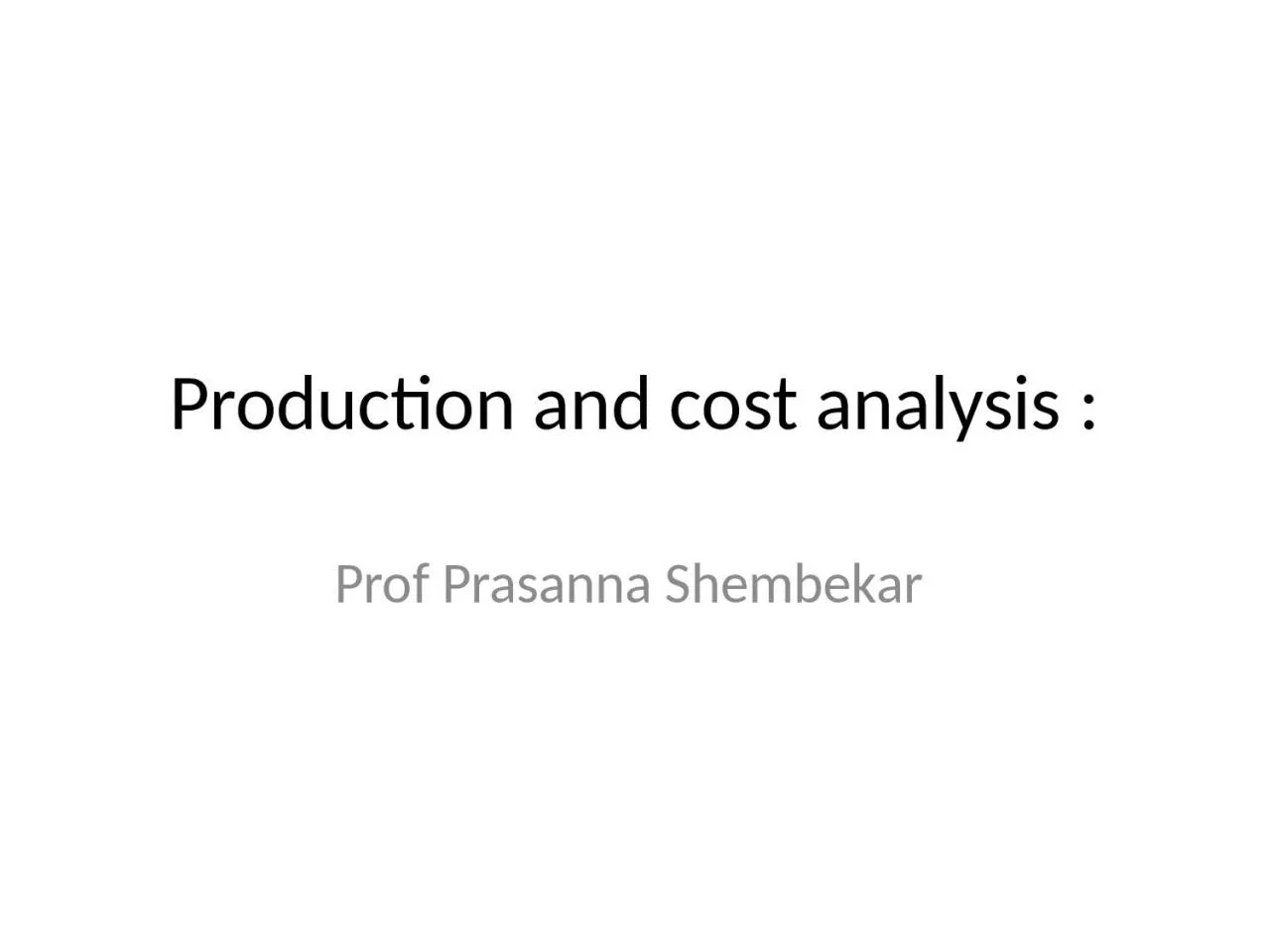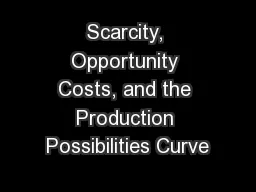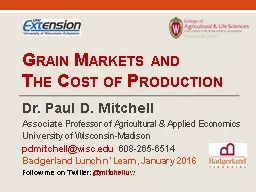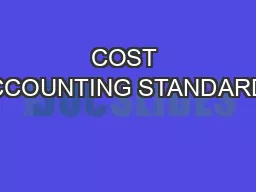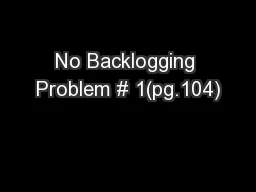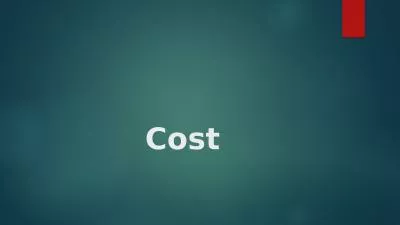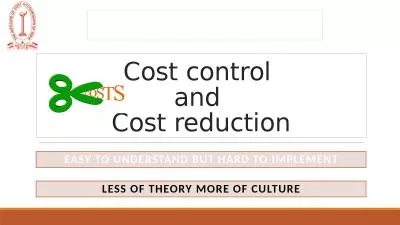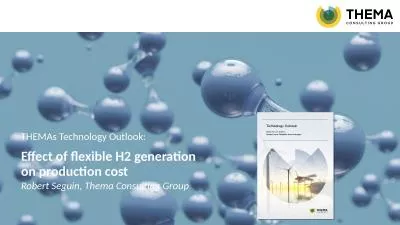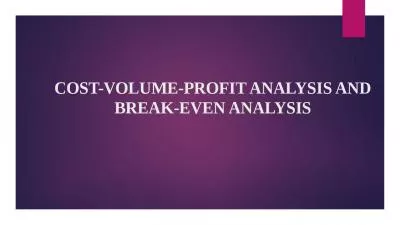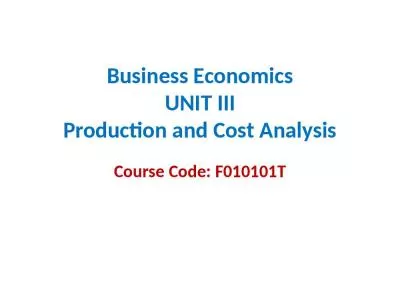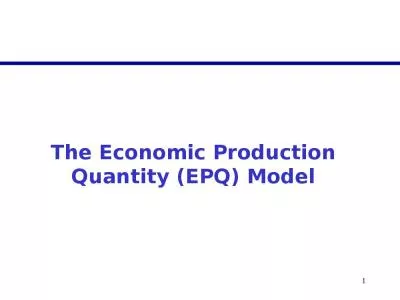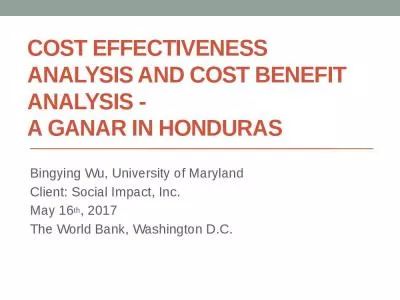PPT-Production and cost analysis :
Author : daisy | Published Date : 2023-09-20
Prof Prasanna Shembekar Production Process by which resources are transformed in to more useful goods or services Processing assembling producing manufacturing
Presentation Embed Code
Download Presentation
Download Presentation The PPT/PDF document "Production and cost analysis :" is the property of its rightful owner. Permission is granted to download and print the materials on this website for personal, non-commercial use only, and to display it on your personal computer provided you do not modify the materials and that you retain all copyright notices contained in the materials. By downloading content from our website, you accept the terms of this agreement.
Production and cost analysis :: Transcript
Download Rules Of Document
"Production and cost analysis :"The content belongs to its owner. You may download and print it for personal use, without modification, and keep all copyright notices. By downloading, you agree to these terms.
Related Documents

